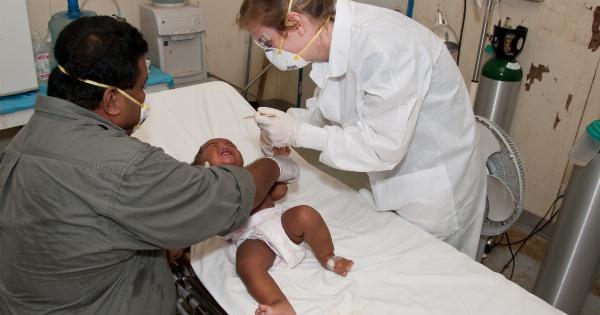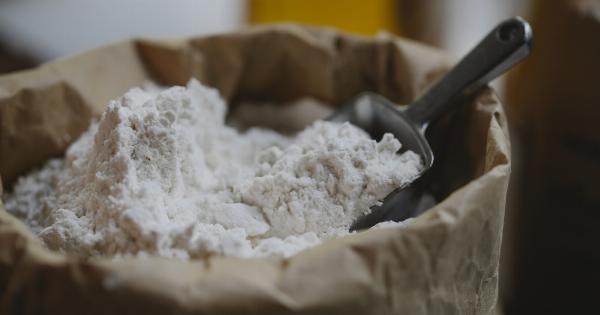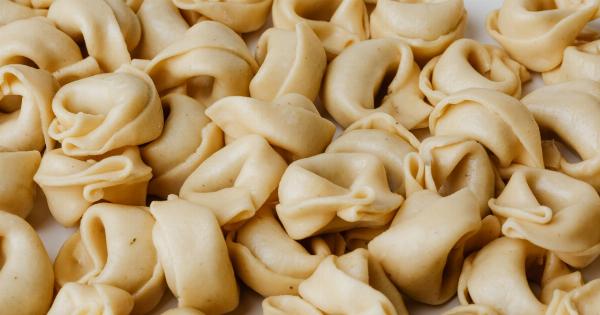Escherichia coli, commonly known as E. coli, is a type of bacteria that lives in the intestines of animals and humans. While most strains of E.
coli are harmless, others can cause severe illness such as urinary tract infections, diarrhea, and bloodstream infections.
What are the symptoms of E. coli infection?
The symptoms of E. coli infection can range from mild to severe and can include stomach cramps, diarrhea, and vomiting. In some cases, individuals may develop a fever and experience fatigue or loss of appetite.
Symptoms typically appear within three to four days of exposure but can take up to ten days to present themselves.
How can E. coli be transmitted?
E. coli can be transmitted to individuals in a number of ways, including consuming contaminated food or water, contact with infected animals, or exposure to fecal matter. It is important to note that individuals can also contract E.
coli by person-to-person contact if good hygiene practices are not followed.
Where is E. coli commonly found?
E. coli is commonly found in the intestinal tracts of animals, including cows, sheep, and goats. The bacteria can also be found in the environment, including water and soil. Contaminated food is a common source of E.
coli, particularly when it is not cooked to the appropriate temperature or handled properly.
How can E. coli contamination be prevented?
There are a number of steps that individuals can take to prevent E. coli contamination, including:.
- Washing hands thoroughly and frequently with soap and water, particularly after using the restroom, changing diapers, and before preparing or consuming food.
- Cooking meat thoroughly to the appropriate temperature; it is recommended that individuals use a meat thermometer to check the internal temperature of meat.
- Avoiding cross-contamination, including using separate cutting boards for meat and vegetables and washing all surfaces, utensils, and hands that come into contact with raw meat.
- Avoiding consumption of undercooked or raw meat, including ground beef, pork, and poultry.
- Avoiding consumption of unpasteurized milk or dairy products.
How is E. coli detected?
The most common method for detecting E. coli is through a stool culture. During the test, a small sample of stool is collected and examined under a microscope to look for the presence of E. coli.
If the bacteria is present, further testing can be conducted to determine the specific strain of E. coli present.
What is the treatment for E. coli infection?
Most individuals who contract E. coli will recover on their own within a week or two without the need for medical treatment. Drinking plenty of fluids and staying hydrated is recommended to help prevent dehydration.
In more severe cases, antibiotics or hospitalization may be necessary.
What should you do if you suspect an E. coli infection?
If you suspect that you or someone in your household is experiencing symptoms of an E. coli infection, it is important to seek medical attention.
Stool cultures can be conducted to determine if the infection is present, and proper treatments can be administered. If you suspect that food or water is the source of the infection, contact your local health department or the Centers for Disease Control and Prevention (CDC) to report the incident to help prevent further spread of the bacteria.
Conclusion
E. coli is a common bacteria that can cause severe illness in some cases. Understanding the sources of contamination and taking appropriate steps to prevent the spread of the bacteria can help reduce the risk of infection.
If you suspect that you or someone in your household may have contracted an E. coli infection, seeking medical attention is important to ensure proper diagnosis and treatment.





























